Ceiling fans are a popular choice for keeping your home cool, providing comfort and energy efficiency throughout the year. Modern ceiling fans, with their sleek designs, advanced motors, and smart features, have become a staple in many homes. However, despite the many benefits of these fans, one issue that homeowners often face is noise. Whether it’s the hum of the motor, the rattling of the blades, or the general vibration, a noisy ceiling fan can quickly become a nuisance, especially in quiet rooms like bedrooms or living areas.
Fortunately, there are several ways to reduce the noise of a modern ceiling fan, making it more efficient, quieter, and less disruptive. In this blog, we will explore the common causes of ceiling fan noise and provide actionable solutions to help you enjoy a peaceful and comfortable home environment.
Understanding the Common Causes of Ceiling Fan Noise
Before diving into solutions, it’s important to understand the common causes of ceiling fan noise. Identifying the source of the problem is the first step in addressing it. Here are the main culprits:
1. Motor Noise
The motor is the heart of the ceiling fan, and if it’s not functioning properly, it can produce a humming or buzzing sound. The type of motor and its quality significantly influence the noise level of the fan. Ceiling fans with AC motors are typically noisier than those with DC motors, which are known for their quieter operation.
2. Imbalanced Blades
One of the most common causes of a noisy ceiling fan is an imbalance in the blades. This can happen over time due to dust buildup, bent blades, or wear and tear. An imbalanced fan will wobble and produce more noise, especially at higher speeds.
3. Loose Components
Loose parts within the fan, such as screws, bolts, or the motor housing, can lead to rattling and increased noise. Vibration caused by loose components can cause the fan to shake, resulting in unwanted noise that can disrupt the peace of your space.
4. Blade Shape and Material
The design and material of the fan blades also contribute to the noise level. Fans with flat, straight blades tend to create more wind resistance, which can cause a whirring or whooshing sound. On the other hand, fans with curved blades are generally quieter as they cut through the air more efficiently.

5. Airflow Issues
In some cases, airflow issues can cause noise. If the fan is installed too close to the ceiling or walls, it may not have enough space to circulate air freely. This can lead to turbulence and a humming sound, especially at higher speeds.
6. Fan Speed
The speed at which the fan is operating can affect the level of noise. While most fans are relatively quiet at lower speeds, they can become much louder when set to higher speeds due to increased motor strain and air resistance.
How to Reduce Ceiling Fan Noise: Practical Solutions
Now that we’ve identified the common causes of ceiling fan noise, let’s explore practical solutions to help you minimize or eliminate these issues. Whether you’re dealing with an old fan or a brand-new model, these tips will help ensure a quieter operation.
1. Opt for a DC Motor Fan
One of the most effective ways to reduce ceiling fan noise is to choose a fan with a DC (Direct Current) motor. DC motors are quieter and more energy-efficient than traditional AC (Alternating Current) motors. They operate with less vibration and noise, making them ideal for spaces where peace and quiet are essential, such as bedrooms or home offices. If you're considering a new fan, investing in a DC motor fan is a great way to minimize noise from the start.
2. Balance the Fan Blades
An imbalanced fan is one of the main causes of excessive noise, but the good news is that it’s easy to fix. If you notice your fan wobbling or making noise when it’s running, it may be due to an imbalance in the blades. To correct this, you can:
- Clean the blades: Dust and dirt buildup can cause the fan to become unbalanced. Regularly cleaning the blades can help maintain their balance and reduce noise.
- Check for bent blades: If one of the blades is bent, it may cause the fan to wobble and produce noise. Gently adjust the blade back into place, or consider replacing it if necessary.
- Use a balancing kit: Many ceiling fan manufacturers include a balancing kit with the fan. These kits contain small weights that can be attached to the blades to balance them. If your fan is wobbly, try using a balancing kit to correct the problem.
3. Tighten Loose Parts
Loose screws, bolts, or motor housing components can lead to rattling and noise. To fix this, regularly inspect your ceiling fan for loose parts and tighten them as needed. Use a screwdriver to check the screws on the motor housing, fan blades, and the canopy. If you hear a rattling noise, it’s likely due to something being loose, so be sure to address it before it worsens.
4. Ensure Proper Installation
The positioning of your ceiling fan plays a crucial role in how it operates. If your fan is installed too close to the ceiling or walls, it can cause airflow issues that lead to noise. Ideally, a ceiling fan should be installed in the center of the room, with a clearance of at least 7-8 feet from the floor. Additionally, make sure the fan is securely mounted on a sturdy ceiling bracket to avoid any vibration or wobbling.
5. Switch to a Fan with Aerodynamically Designed Blades
Fans with aerodynamically designed blades create less wind resistance, leading to quieter operation. If you’re looking to reduce noise, consider replacing your fan with one that features curved or tapered blades. These blades cut through the air more efficiently, reducing turbulence and the associated noise. Additionally, fans with high-quality materials such as molded plastic or wood tend to be quieter compared to those with cheaper materials.
6. Use a Lower Fan Speed
If your fan is making noise at higher speeds, try using a lower setting. While it’s tempting to crank up the fan to its maximum speed, it can cause the motor to strain and increase the noise level. If you need more airflow, consider switching to a larger fan or installing multiple fans in the room to distribute the airflow more evenly.
7. Consider a Fan with Noise-Reducing Features
Some modern ceiling fans come with built-in noise-reducing features designed to minimize motor hum and blade noise. Look for fans that advertise “whisper-quiet” operation or have additional sound-dampening technology. Many high-end ceiling fans use special noise-reducing coatings and motor designs that prevent excessive noise during operation.
8. Maintain Your Ceiling Fan Regularly
Regular maintenance is essential to keeping your ceiling fan running smoothly and quietly. Over time, dust and debris can build up on the blades, affecting the fan’s balance and airflow. Clean the blades regularly using a soft cloth or duster to remove dust and dirt. Additionally, lubricate the motor once a year (or according to the manufacturer's recommendations) to prevent any friction or noise.

9. Upgrade to a Newer Model
If your current ceiling fan is old and making excessive noise, it might be time for an upgrade. Modern ceiling fans are designed to operate more quietly, thanks to improvements in motor technology and blade design. Consider replacing your old fan with a newer, quieter model to experience the benefits of enhanced performance and reduced noise.
Conclusion
Ceiling fan noise can be a frustrating issue, especially in spaces where you need a quiet environment. However, with the right approach, it’s possible to reduce or eliminate the noise caused by your ceiling fan. By choosing a fan with a DC motor, balancing the blades, tightening loose components, and maintaining your fan regularly, you can enjoy a quieter and more peaceful living space. Whether you’re dealing with an old fan or considering a new one, these solutions will help ensure that your modern ceiling fan operates efficiently and quietly, providing comfort without the noise.





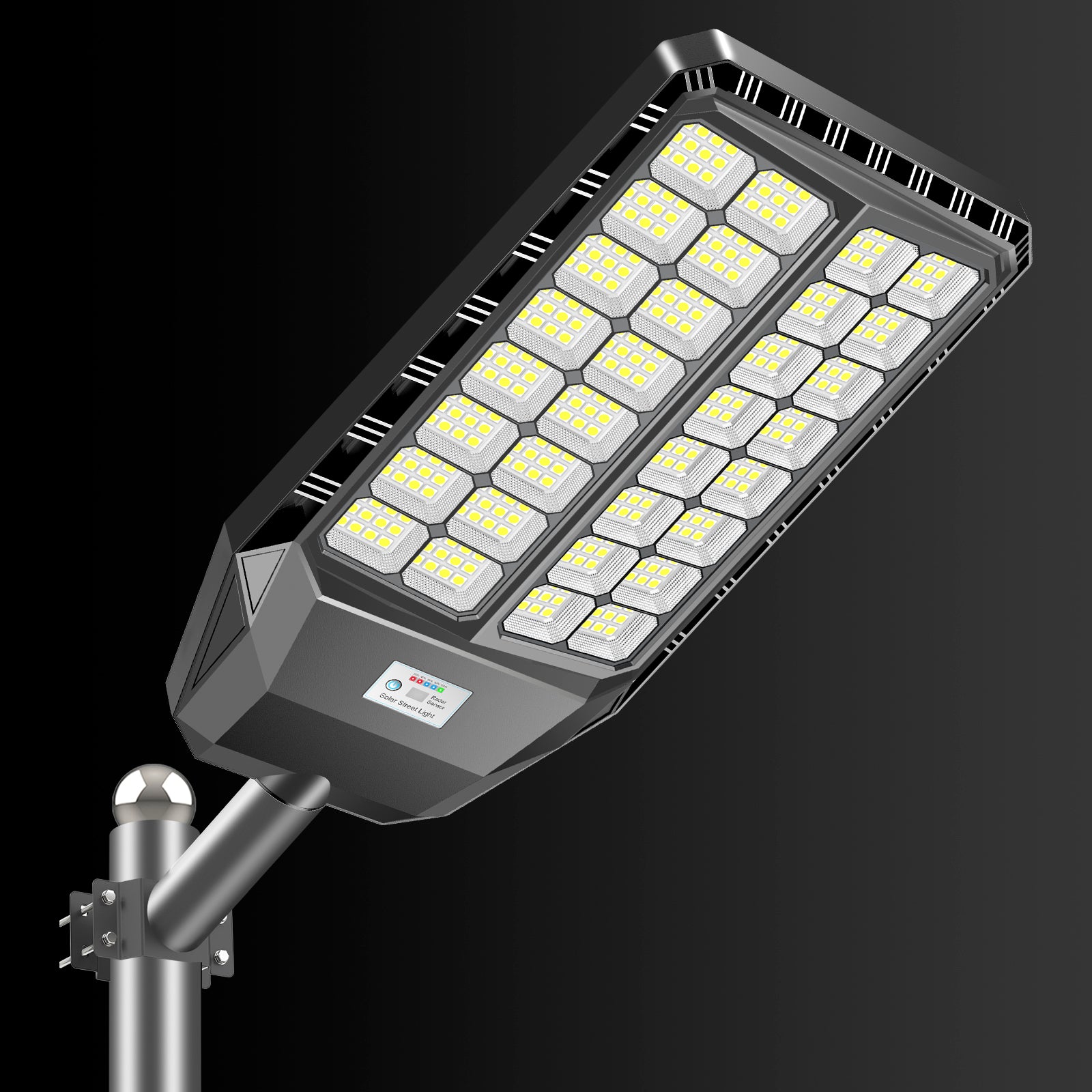
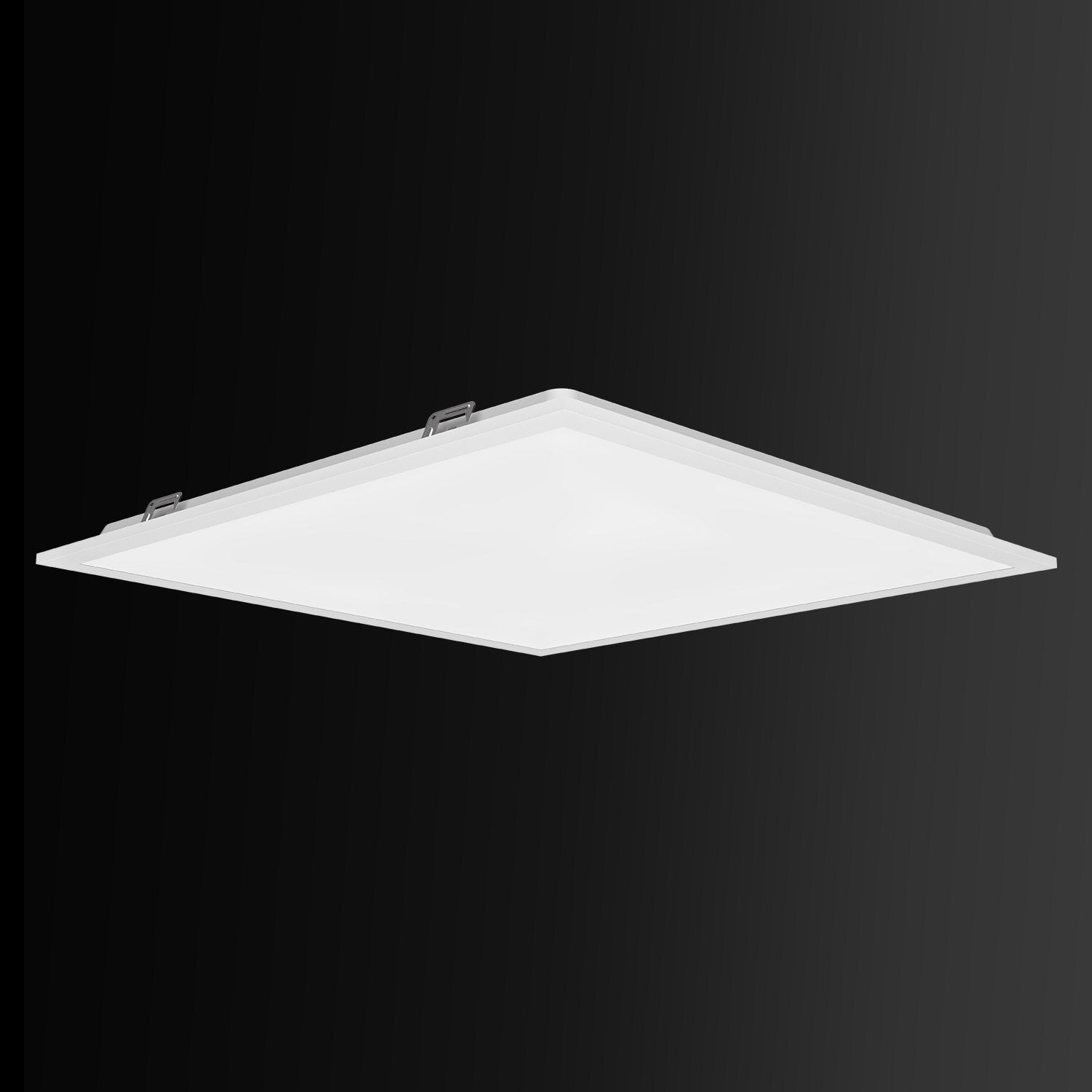
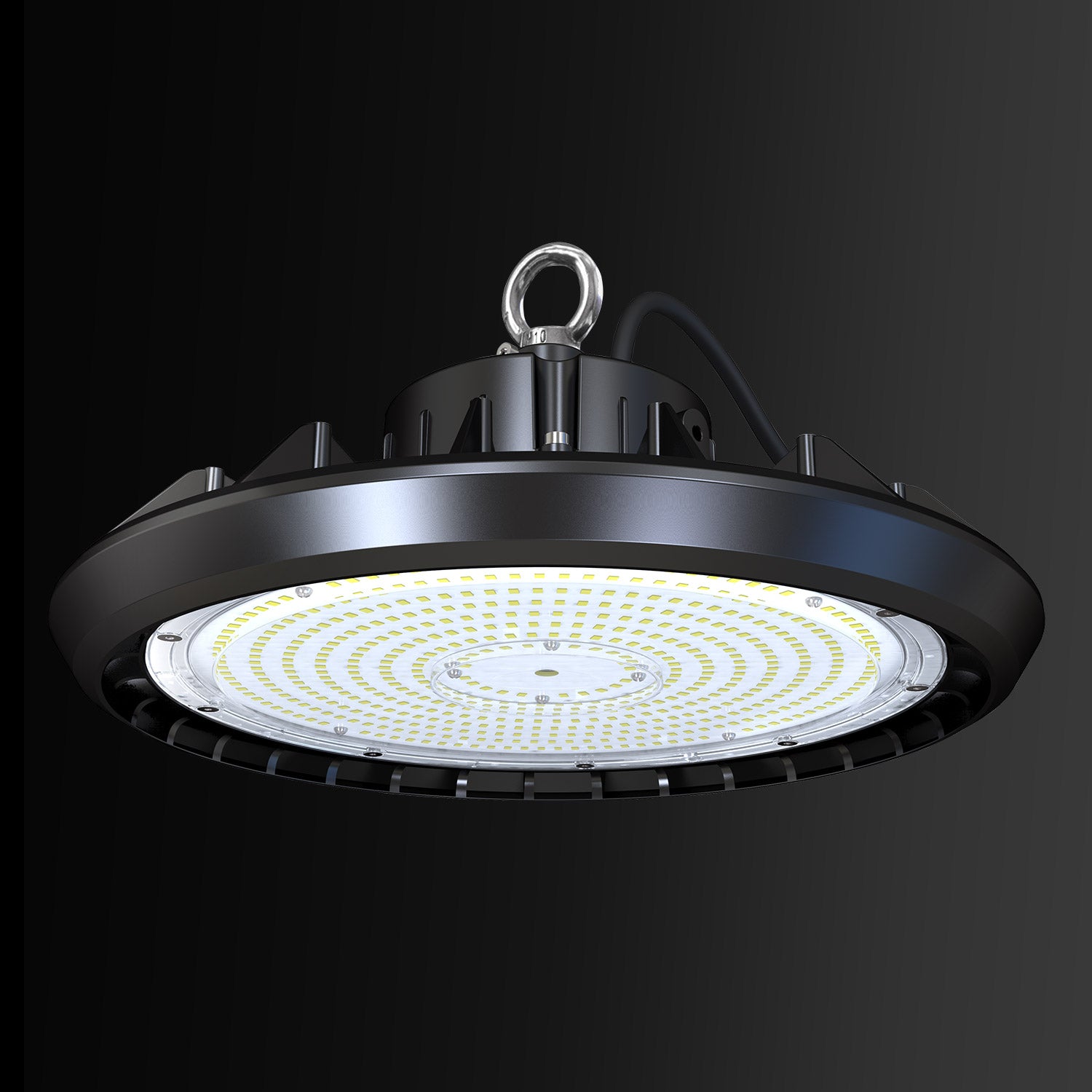
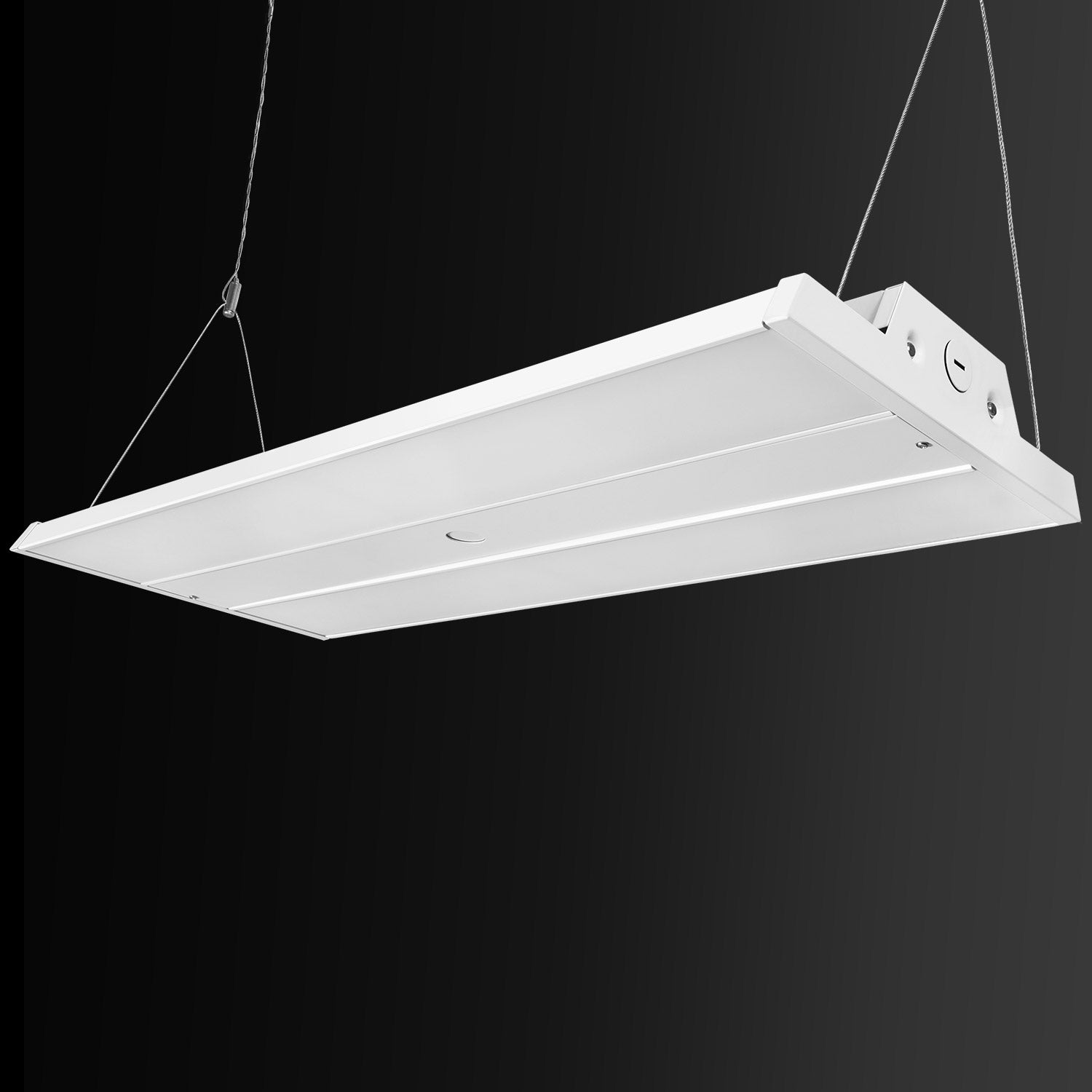

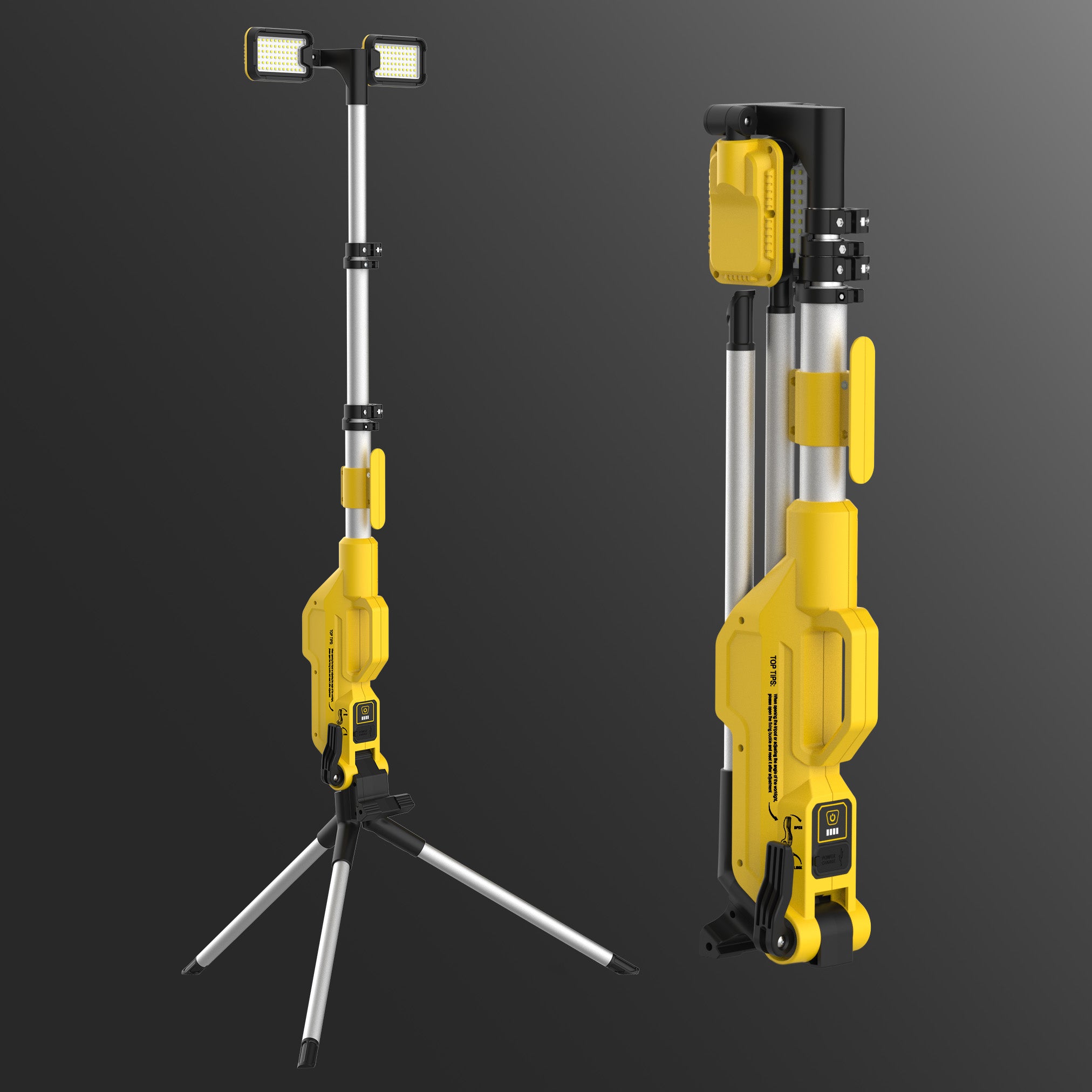
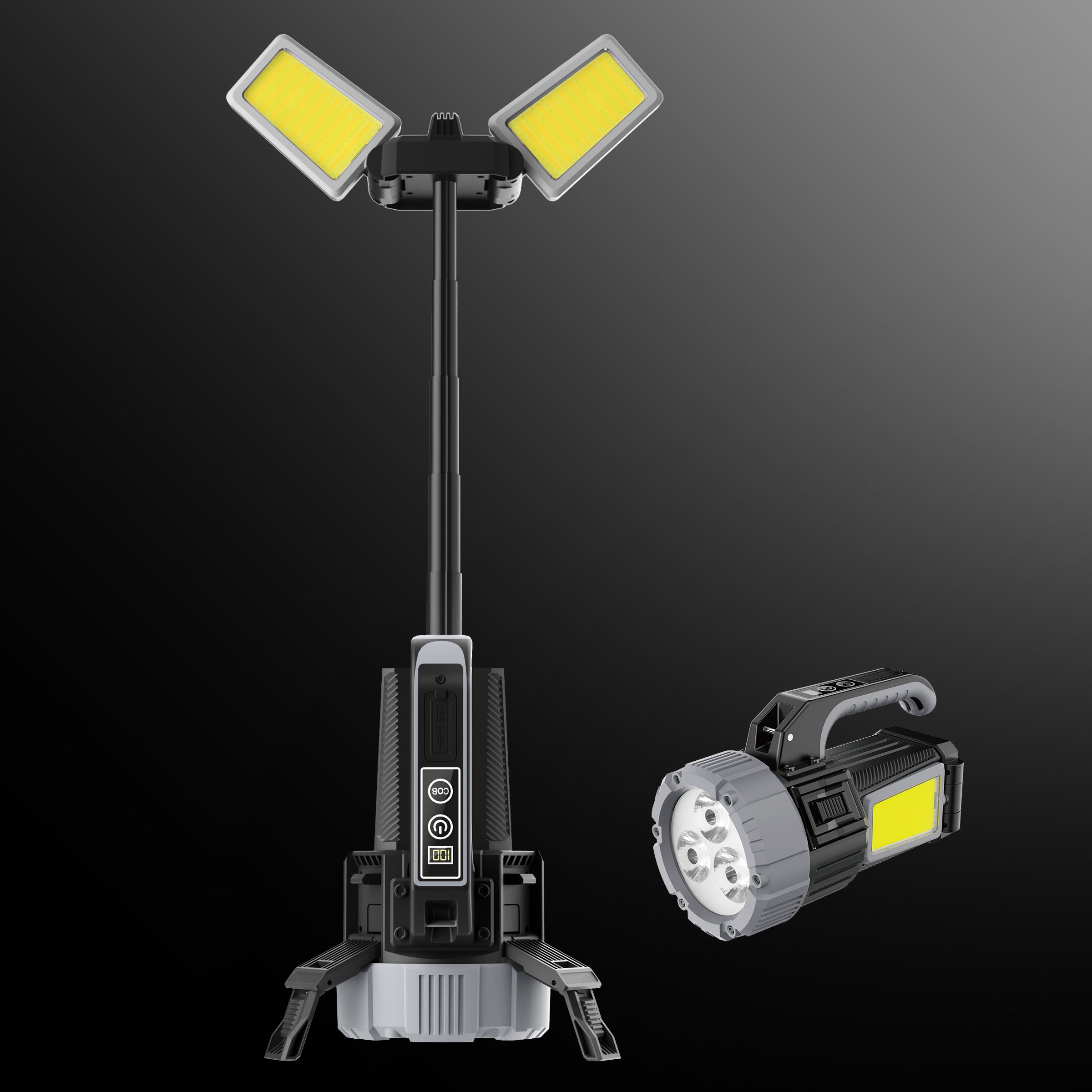



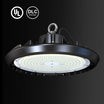
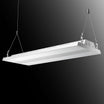


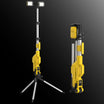
![[BOGO] Hykoont LS018 Multi-Function 2 in 1 Flashlight Portable Extendable Adjustable Brightness CCT Bright](http://hykoont.com/cdn/shop/files/HYK-STDG18-2.jpg?v=1765273877&width=104)
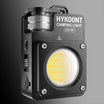



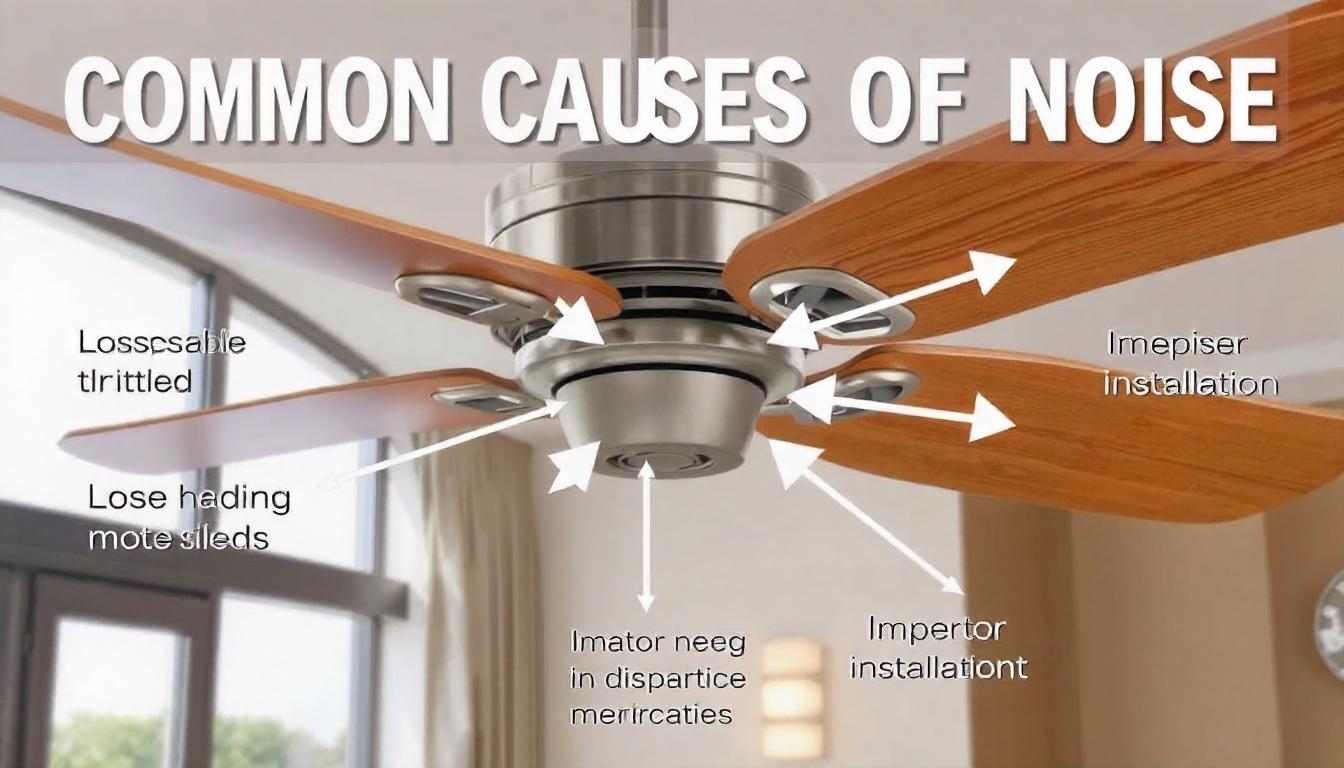
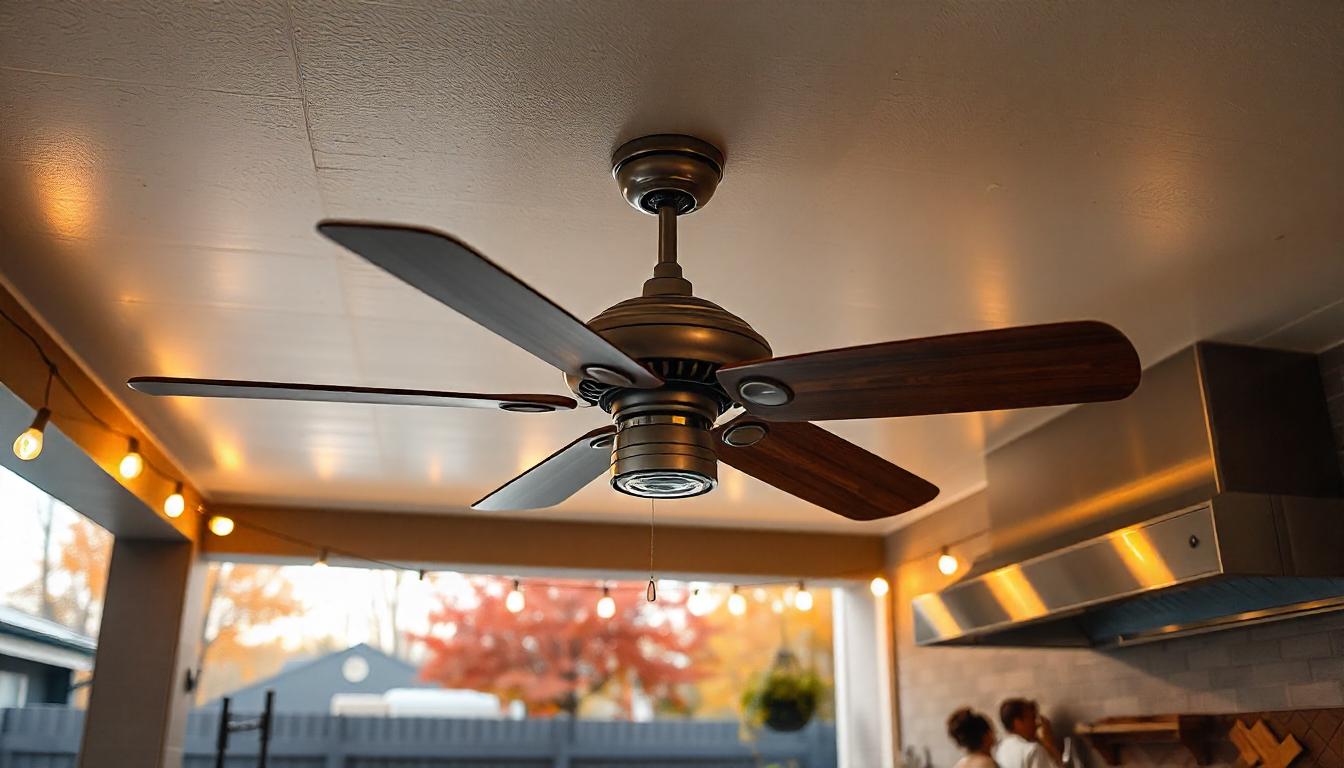

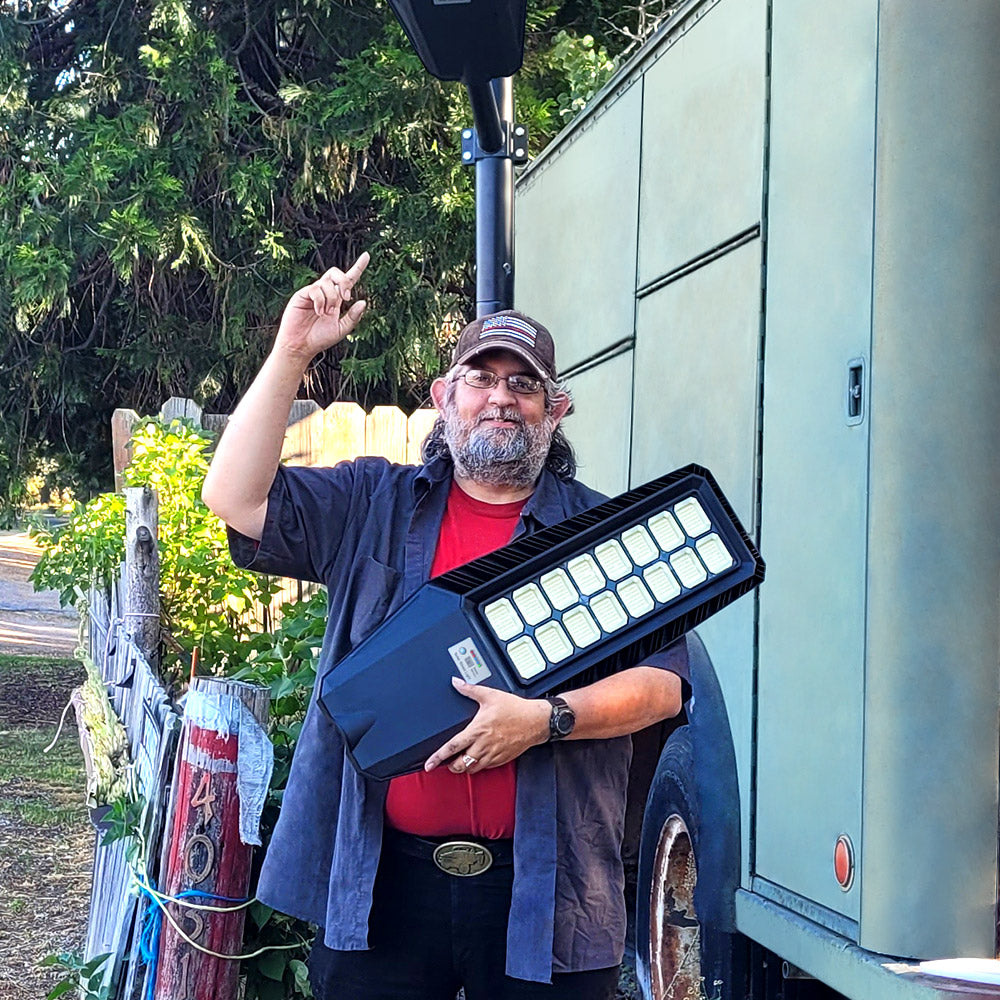


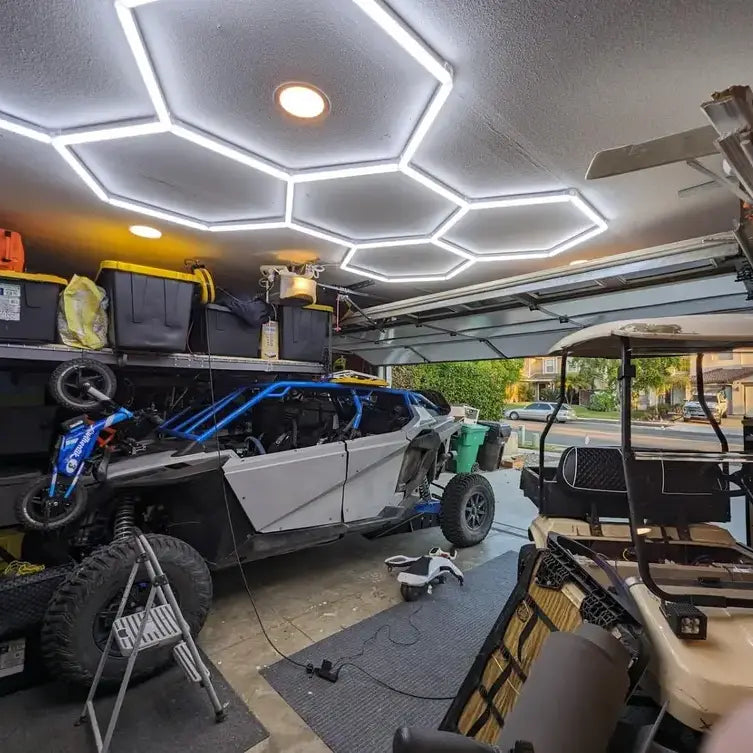
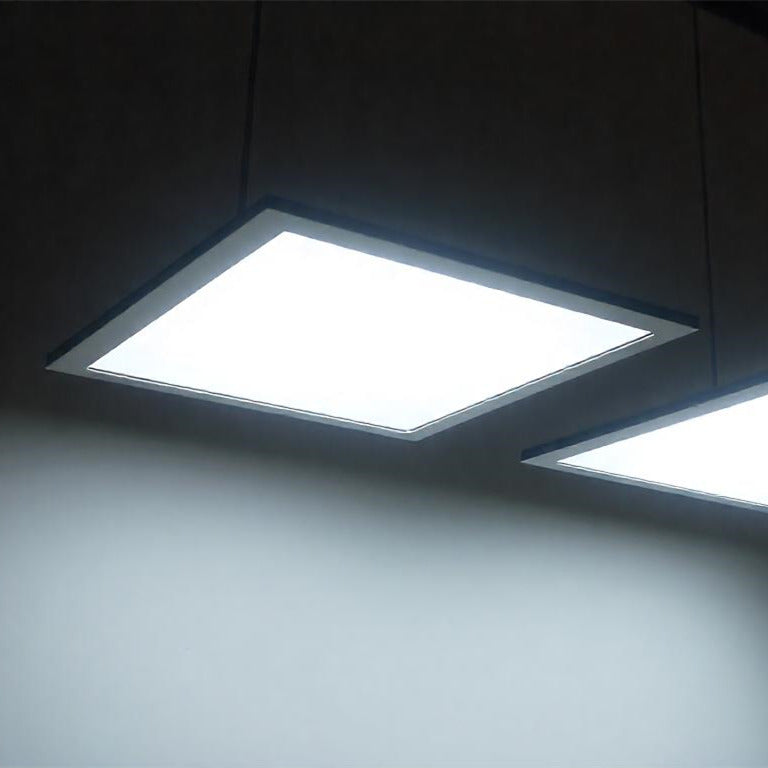
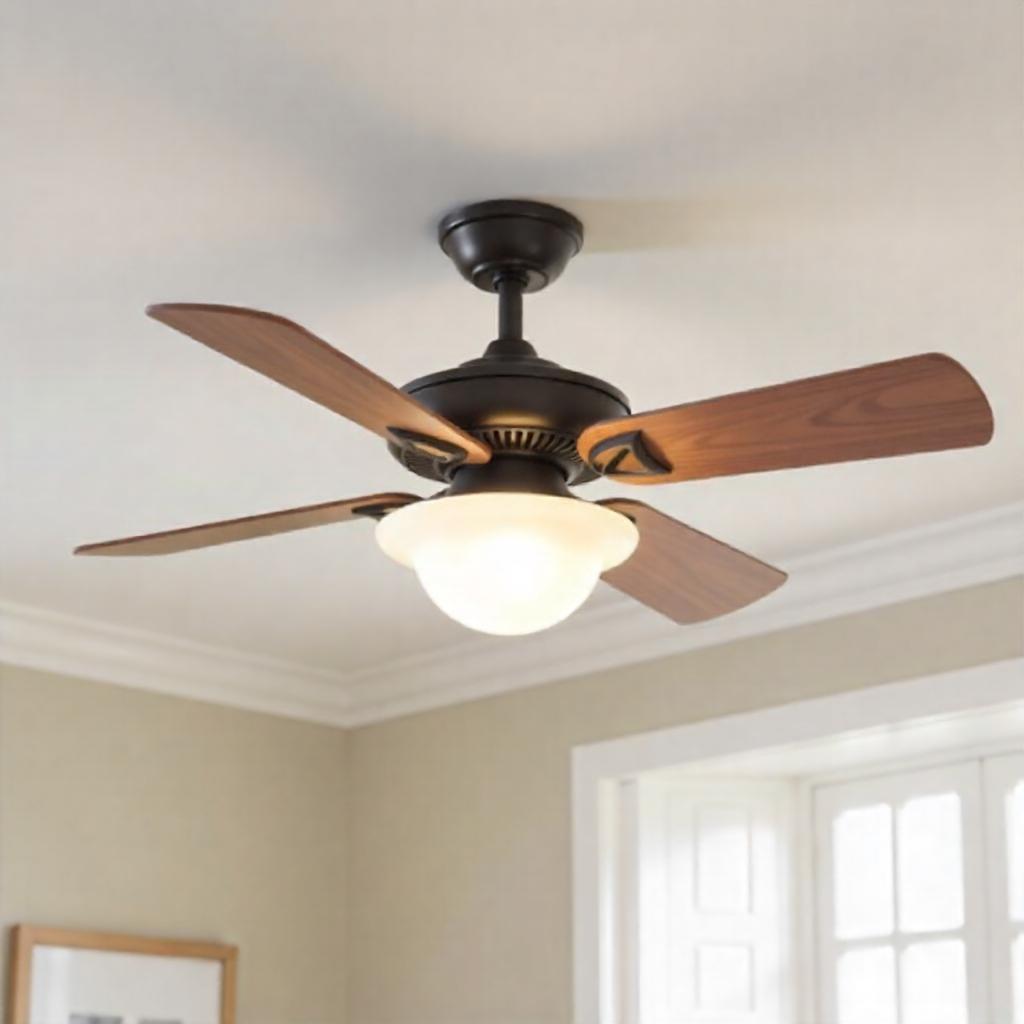
Leave a comment
This site is protected by hCaptcha and the hCaptcha Privacy Policy and Terms of Service apply.